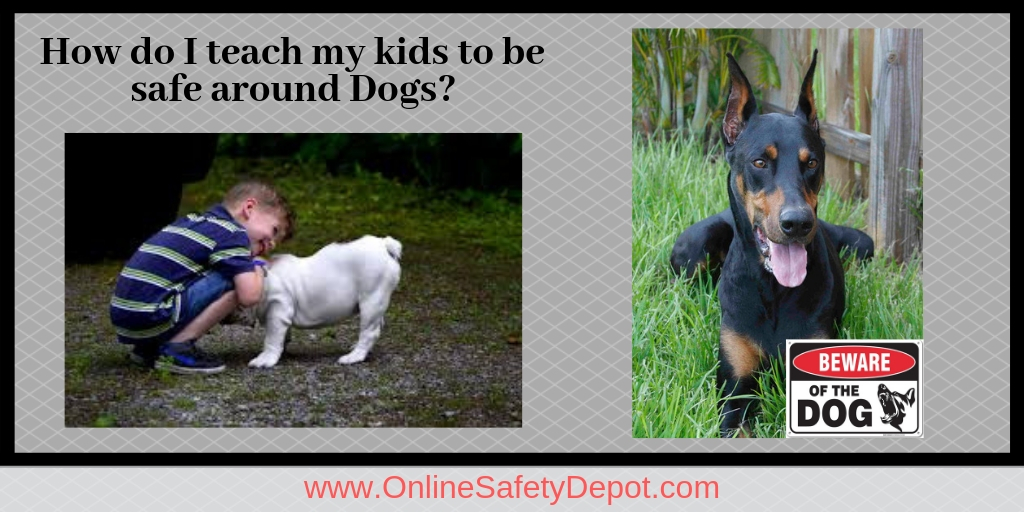How do I teach my kids to be safe around Dogs?
Between the ages of 1-4 my kids LOVE all animals! Every animal from a zebra at the zoo to a stray cat is a best friends waiting to play in their minds. At least for my kids when they get a little older they become more hesitant and nervous around new animals. I honestly don’t know if this is my fault because of my anxieties around strange dogs or if it’s normal around this age. Unfortunately, I have heard too many horror stories of neighborhood dogs biting little kids to be comfortable letting my kids get close to every new animal they see. On the flip side, now my six-year-old is scared to play at a friend’s house because they have a dog. After all, stray dogs and adopted dogs are on the top most dangerous animals in the world.
| Check out our other article titled,” 11 Most Dangerous Animals in the World and Where they live!”. |
Where is the happy medium?! I want my children to be safe around new animals that may be dangerous but certainly not afraid of friendly pets that can offer so much fun and adventure. Here are a few tips that I will be teaching my kids during our next visit to the park.
- Always talk to the owner first before you approach the dog. Not only is it good manners, but the owner will also know if their dog is nervous around kids or feeling scared or threatened which could make the dog act out in defense.
- Approach the dog slowly and let it sniff your hand before you pet the dog. If you rush up to the dog and immediately start petting or hugging the dog, it can easily feel scared or uncomfortable. Give the dog a chance to get to know you to make sure you are not a threat by sniffing you first.
- Although it seems natural, don’t pet or pat the top of a dog’s head. This feels demeaning to the dog like you are trying to boss it around. They like to be able to see your hand and feel in control so pet their chin or shoulders soft and gently.
- Use extra caution around puppies. Often they are not as trained as older dogs are around other people or children. Also, the puppy’s protective mother may be near and not happy about you playing with her baby. Either way, never approach a puppy without the owner’s approval.
- Never approach a dog while they are eating or just snacking on a bone. Even if the dog is friendly or you have played with it before, they may still become aggressive while they are eating. Their instincts tell them to guard their food, and you can be seen as a threat.
- Be sure to keep your face away from their mouth. Sometimes it may seem like they want to lick your face in excitement or show that they like you. However, if the dog isn’t yours, keep your face far from their mouth. Dogs have sharp teeth, and it is best not to put any part of your body too close to their mouth.
- Sometimes you may come upon a dog by accident while you are playing at the park or in a public place. If this is the case, try not to run and shout loudly around an animal that you don’t know. They can’t understand you and might start to get scared and feel threatened by all the new, strange excitement.
- Never tease a dog! Don’t ever take a dog’s toy or bother them on purpose. No matter how calm, old or harmless they may seem, if they feel attacked, they can hurt you.
- If a dog does get angry at you for any reason slowly and quietly back away and avoid eye contact, this assures the dog that you are not a threat. If a dog is angry, it may be barking aggressively, growling, showing its teeth and standing very still and tense.
Most of these rules seem common knowledge for adults. However, from a child’s perspective, they may not seem obvious. I’m excited to establish some understanding and boundaries for strange dogs at the park. It will make me feel more comfortable letting them pet new animals and better prepare them for situations when I’m not around to keep them away from a dangerous, aggressive dog.

